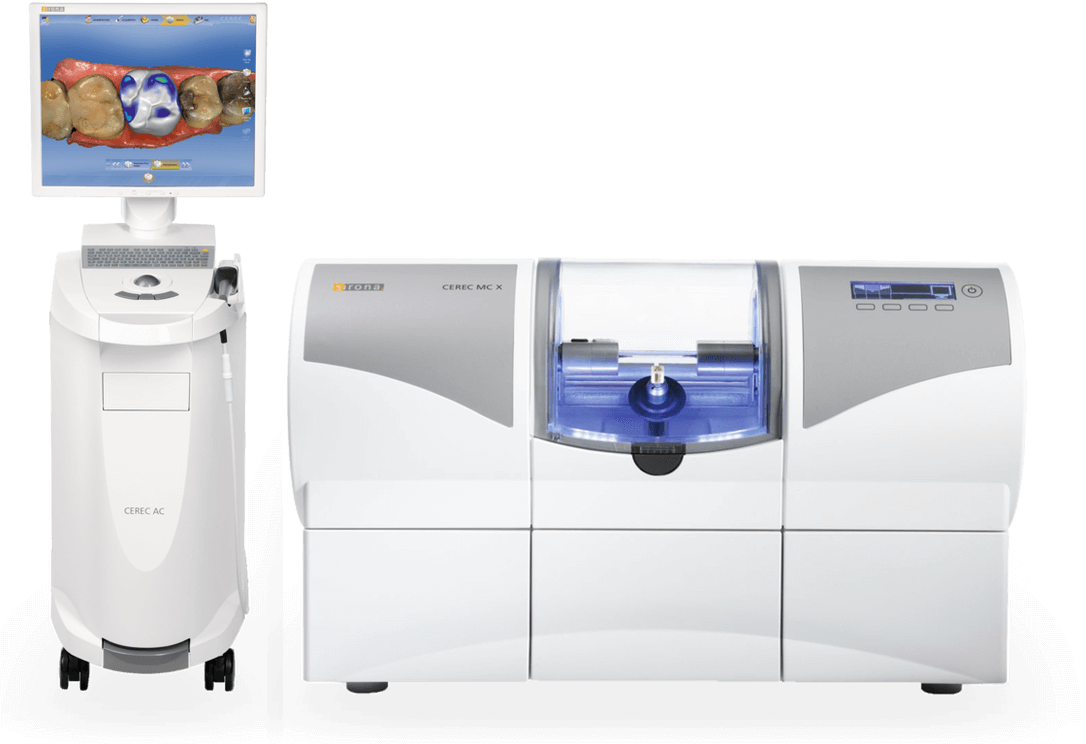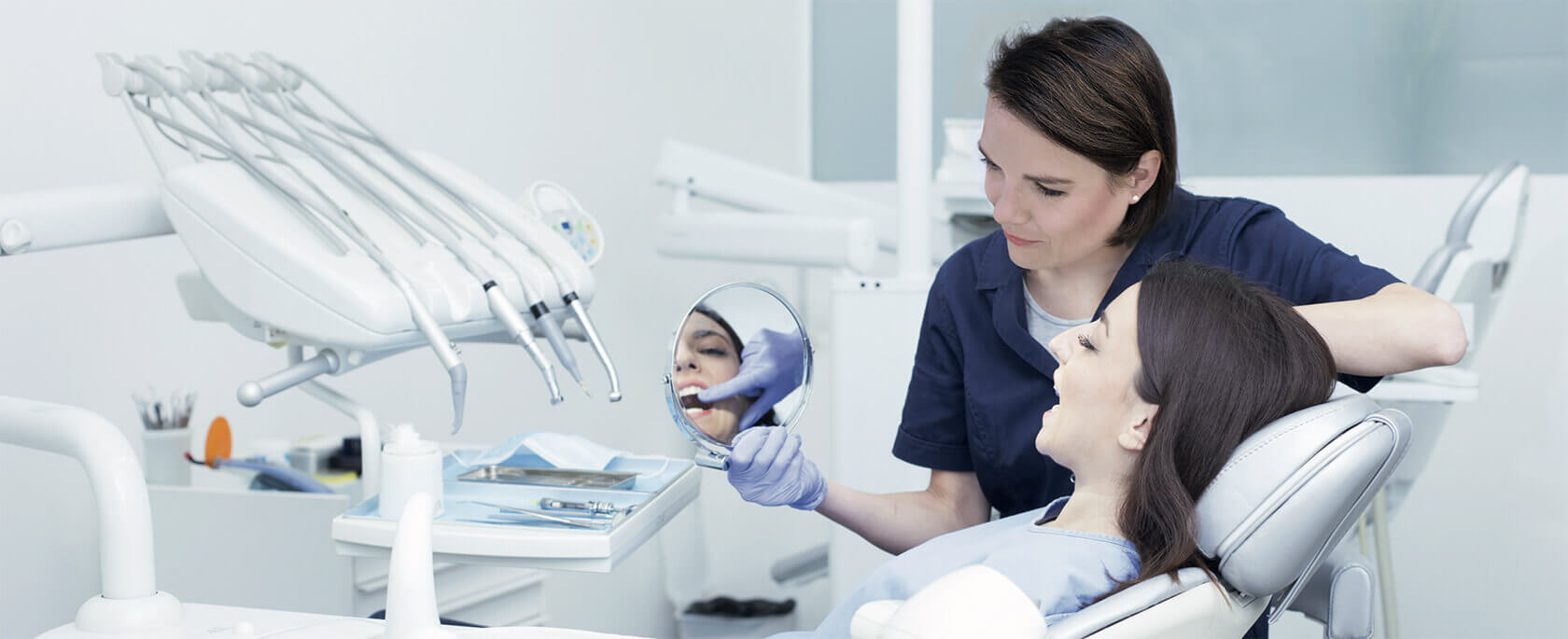Classic dentistry at the Zahnarztpraxis am See
We treat a variety of indications with a wide range of state-of-the-art methods.
Each treatment is modified to fit your needs. We include you in the entire process and make your well-being our highest priority.
Diagnosis and technology
Digital 2D radiography
State-of-the-art x-ray technology is key to the diagnosis. We work with digital 2D radiography, which allows the images to be displayed on the screen only a few seconds later. The 2D images can then be edited to make details such as inflammatory processes more visible. Compared to analog radiography, digital radiography works with reduced radiation, making it a gentler alternative.
CEREC
The CEREC method was developed in the 1980s by Professor Werner H. Mörmann at the University of Zurich. His goal was to make possible the production of high-end dental reconstructions directly at the dentist´s practice. Thanks to this method, crowns and veneers have become accessible for any budget.
High-end, computer generated reconstructions made of ceramic are produced with an intraoral 3D scan and can be inserted no more than 15 minutes later. Impression, temporaries and follow-up dentist visits are no longer necessary.

Intraoral camera
Thanks to its adjustable angle, the intraoral camera allows you, as a patient, to have the same view of your teeth as us. This change in perspective allows you to better understand the condition of your oral cavity and what issues exist. Based thereon, we recommend one of our treatments. With the images in front of you, you can better understand the different approaches. This lets you select the treatment you are most comfortable with.
Periodontium treatment
Dental hygiene (teeth cleaning) by dental hygienist
When it comes to a healthy oral cavity, a professional dental cleaning is just as important as regularly brushing your teeth. The treatment includes a caries diagnosis and tips on how to reach optimal oral hygiene. This makes dental hygiene the best way to prevent tooth or gum issues and to detect them early. This not only helps you save money, but lets you enjoy the feeling of an all-round clean set of teeth as well.
We recommend visiting a dental hygienist twice a year.
Fillings (inlay und overlay)
Tooth fillings are used to treat cavities. First, the filling material is chosen based on the damage and the tooth´s condition. Thereafter, the tooth is filled with the inlay. More severe cases are treated with an overlay, where the tooth´s sides are included as well.
Root canal treatment
A root canal treatment is the last option to save a tooth. It becomes inevitable when the dental nerve is infected or has died off, but the tooth can still be saved. A strong aching sensation is usually an indication of a deep-lying infection in the tooth.
Dental prosthesis
- fixed: e.g. veneers, crowns, bridges
- removable:
- clasp denture (model cast denture) and telescope system
- full prosthetics (complete denture) bridges, crowns, prosthetics, temporaries
These are used when natural dental substance is missing.
Surgery
More extensive damage caused by caries or other defects in the periodontium can be treated surgically. Treatments involving the removal of wisdom teeth are conducted together with specialized dental surgeons.
Implants are either inserted by us or, depending on the case, by a dental surgeon to which we refer you.
Tooth extractions
Caries or accidents can lead to a tooth needing to be extracted.
Orthodontics
Orthodontics is interested in the prevention, detection and treatment of tooth and jaw misalignments. Simple misalignments can be straightened out with the help of aligners (Invisalign, bestsmile, SureSmile, etc.), while more complex misalignments are treated in cooperation with first-rate orthodontists.
Pain treatment
Laser
Laser can help treat wounds and tooth defects. The teeth´s sensitivity to cold can also be tackled with laser. It is also useful when making seals for children or efficiently disinfecting a root canal. Another advantage is that, compared to drilling, laser is less noticeable during treatment.
CMD Splints
CMD is the abbreviation for craniomandibular dysfunction and describes the misalignment of jaw and chewing muscles. Oftentimes, this leads to patients experiencing teeth grinding, which in turn can cause head, neck and jaw pain. In our practice, we search for abraded teeth to recognize CMD. A custom-made CMD Splint can help relax jaw muscles and prevents further tooth abrasion.

